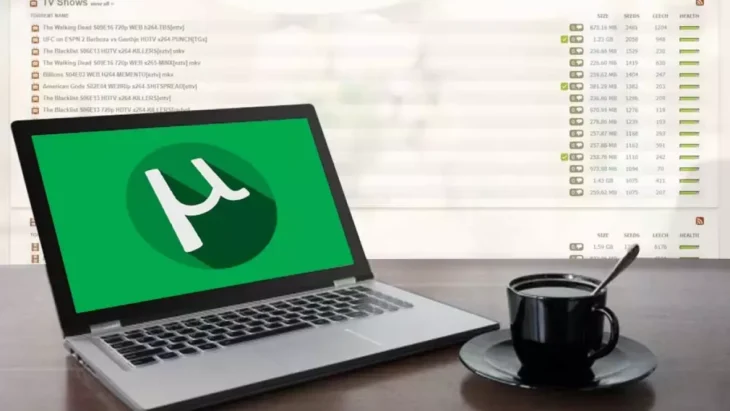Reliability is important with pumping systems. However, in agricultural settings, dependable water management may mean a great difference between catastrophic and profitable growing seasons when declining or downed systems lead to lost crop cycles. However, precise and consistent coverage equates to good yields.
So, how can pumping experts like Pumpbiz install and recommend the right pumping solutions for the application? Can experts recommend a system that aligns with maintenance and maximizes available resources in every grower’s preferred range? Well, optimizing irrigation begins with evaluating the potential of all potential site layouts and every grower’s needs.
What Optimized Irrigation Is
Optimized irrigation refers to a system that provides nutrients to plants and water to crops in the required quantity. It often uses an advanced irrigation sensor to ensure that the plants or crops have the nutrients they need to grow.
These days, it is gradually replacing outdated watering systems as it is more effective and efficient. Growers and farmers think that the system is synonymous with drip irrigation.
But the truth is that precision agriculture goes beyond that. Innovative moisture control and irrigation application can significantly affect yield quality.
The Importance of Optimized Irrigation
Optimized irrigation is important for efficiently and consistently delivering water supply personalized to specific requirements of various landscapes, crops, and soil types. By simply maintaining controlled pressure and water flow, this system:
- Prevents issues, such as under-irrigation or over-irrigation, that may damage landscapes or crops.
- Supports sustainable landscaping and farming practices, thus contributing to a healthy environment.
- Conserves water resources by simply reducing waste and optimizing distribution.
Latest Trends in Optimized Irrigation
Smart or optimized irrigation technology has completely changed how we maintain healthy vegetation and manage water resources. Optimized irrigation can improve plant growth, optimize water usage, and minimize waste while reducing environmental effects by leveraging various technological solutions. Here are the newest trends impacting the system:
- Soil Moisture Monitoring
Soil moisture monitoring technology has become an important component of optimized irrigation, allowing accurate irrigation control depending on the levels of soil moisture.
Sensors embedded in soil measure moisture content, providing insights into root zone hydration and plant water requirements. By maintaining an optimal soil moisture level, growers can promote nutrient uptake, conserve water, and prevent waterlogging.
- Water Conservation & Sustainability
The core of this system is the focus on sustainability and water conservation. Optimized irrigation greatly contributes to conservation efforts and supports sustainable practices by minimizing water waste, optimizing water usage, and reducing runoff.
The capability to tailor an irrigation schedule to specific weather patterns, plant needs, and soil conditions fosters a sustainable approach and effective water utilization.
- IoT (Internet of Things) Integration)
Integrating IoT (Internet of Things) abilities has produced IoT-enabled controllers and sensors that gather real-time data on water flow rates, soil moisture levels, plant health, and weather conditions.
This real-time data enables growers to adjust automated systems. In addition, IoT integration enables intelligent decision-making, remote monitoring, and predictive analytics for effective water management by connecting different irrigation components to the central networks.
In conclusion, incorporating technological trends, like IoT, into irrigation systems and practices is important for addressing sustainability and environmental challenges. Thanks to a few solutions, the irrigation future looks promising and bright. The agricultural industry can ensure prosperity for many future generations by reducing costs and improving efficiency.








You must be logged in to post a comment.